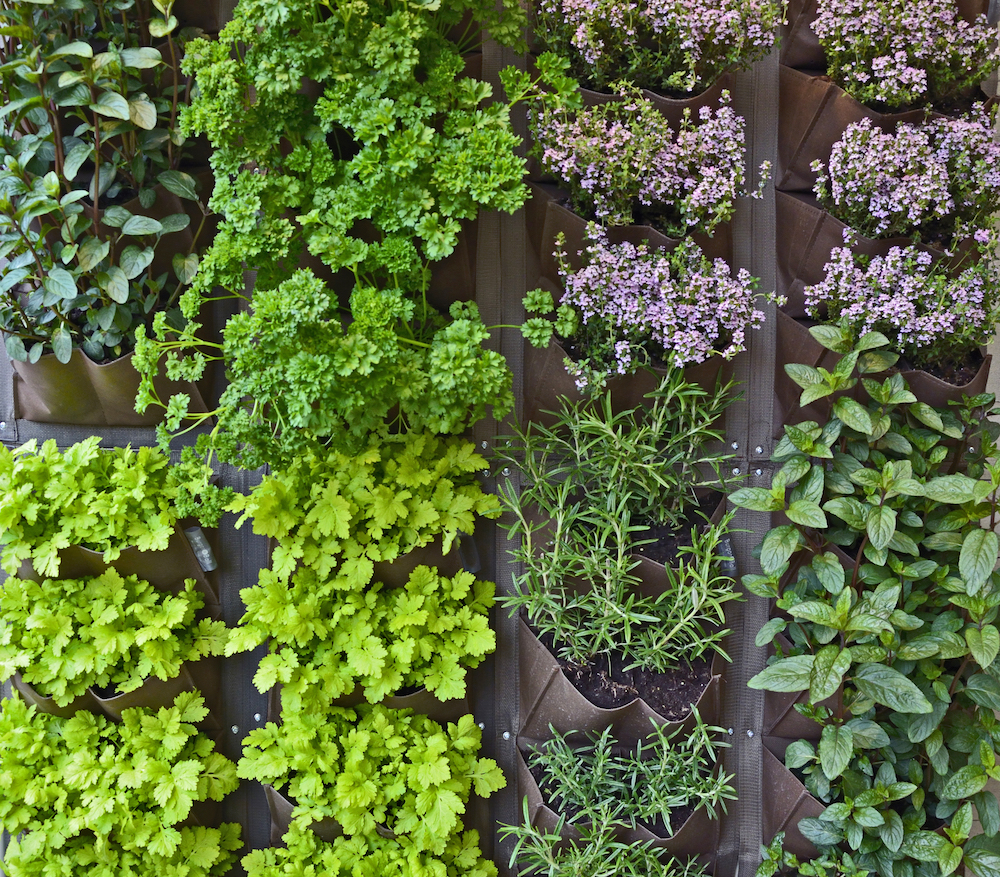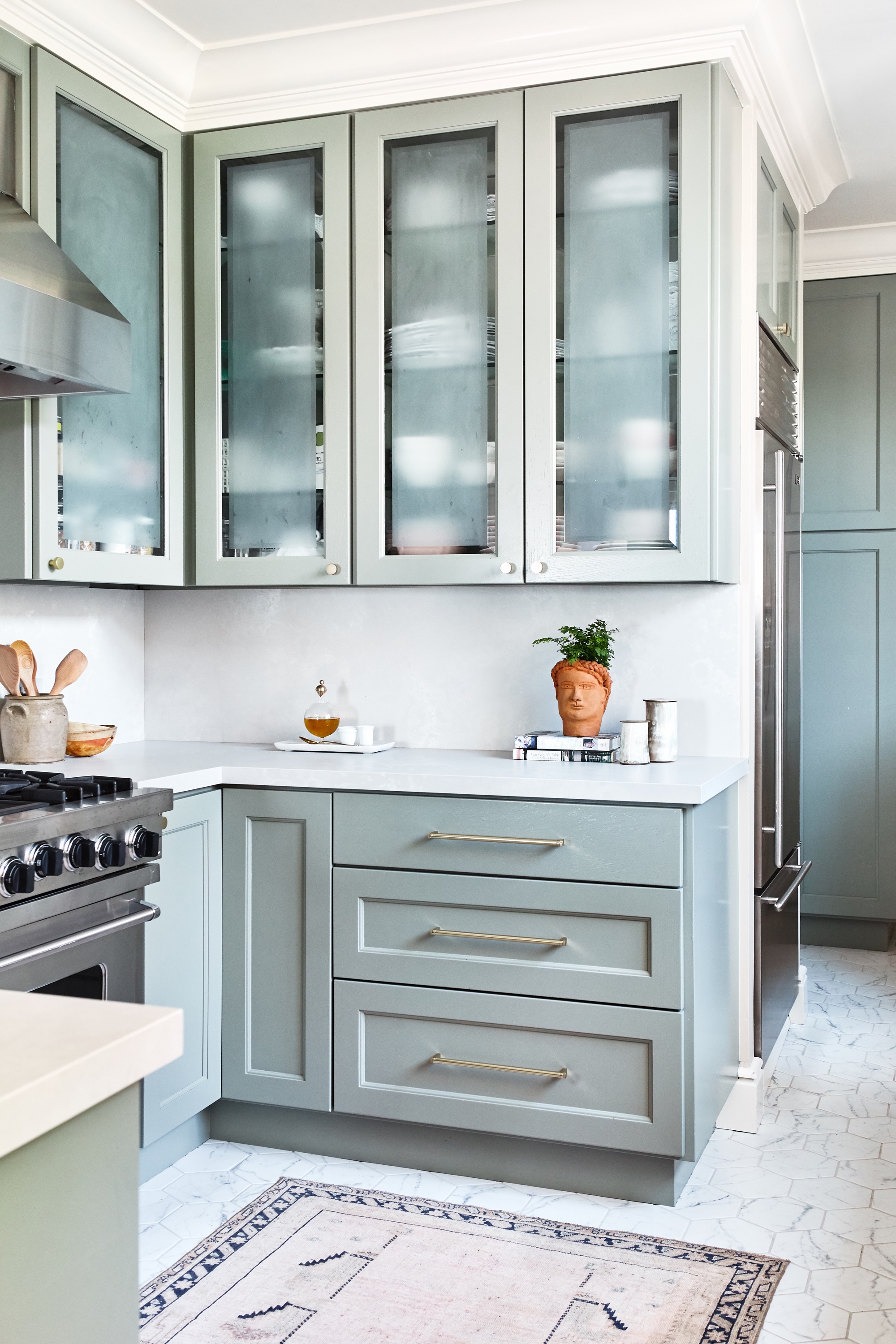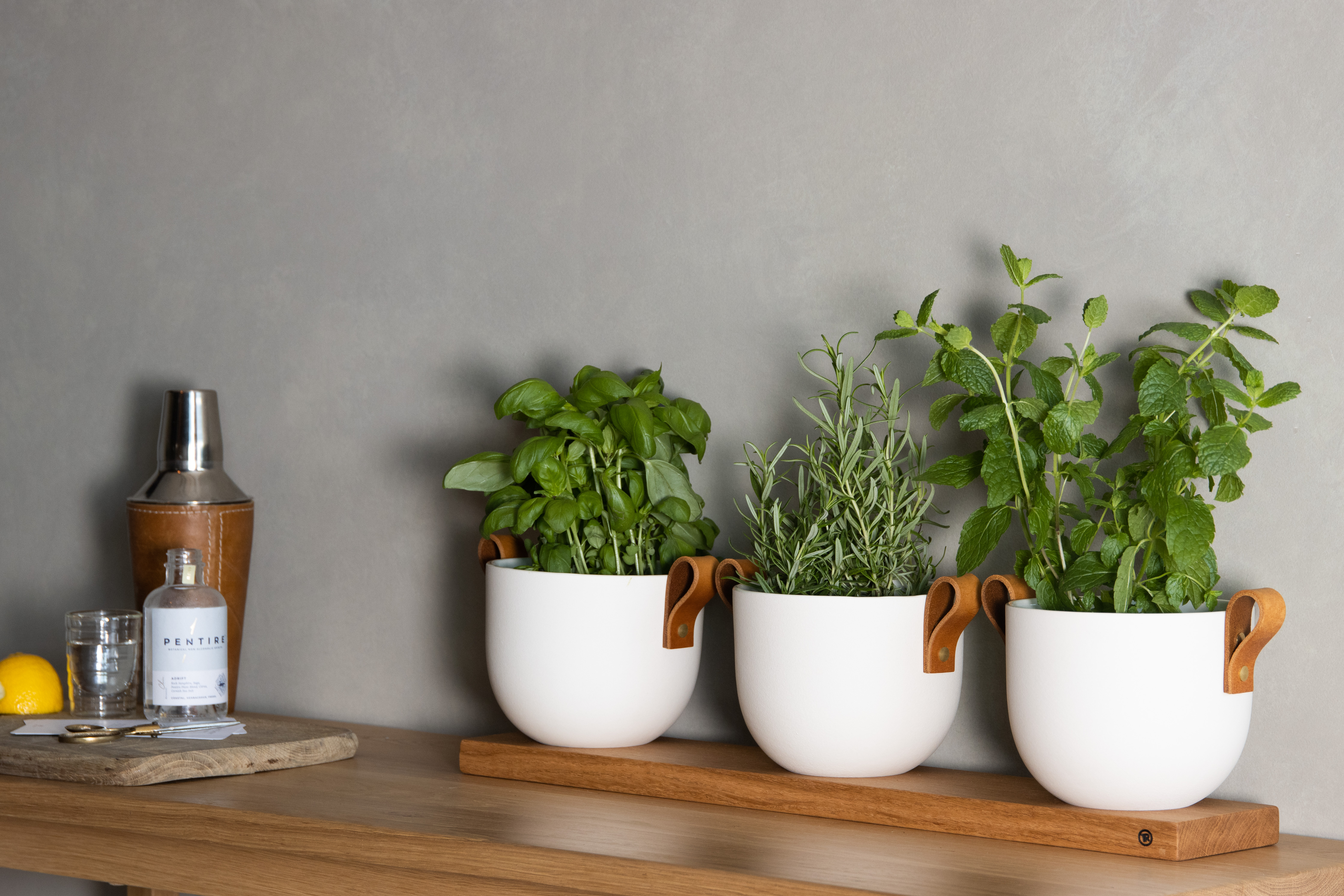5 secrets to actually growing those grocery store herbs that always seem to die
Repot grocery store herbs for your own kitchen herb garden at your fingertips

It often happens that packets of fresh herbs are left in the fridge for so long you find yourself having to reach for the dried version. But, by learning how to plant grocery store herbs, you can have fresh produce on-hand to use as and when you need it.
Not only is an indoor garden a way to guarantee tastier dishes, it's a cost-efficient way of using fresh produce, as well as being super-satisfying.
How to plant grocery store herbs
So how do you go about repotting and transferring the grocery store plant so that they thrive successfully in your indoor herb garden? Our expert reveals all below.

1. Buy the right herbs
To ensure you have the greatest chance of success in planting your grocery store herbs, it's important to choose herbs that grow best in the kitchen.
So what should you be looking for? 'From experience, the hardiest and most resilient herb plants to pick up in a grocery store are sage, chives, rosemary, mint, and thyme, says Andrew Gaumond, horticulturist and editorial director at Petal Republic.
'These herbs typically tolerate the environmental shock of transition from grower to supermarket to home better than the likes of basil and coriander plants. Plus, once reacclimatized, they're relatively easy to care for.'
2. Repot the plants
'As a general rule, I'd leave them in the pot they came in for at least 3 to 4 days to allow the plant to readjust to the new environment in your home,' says Andrew.
'Find a sheltered location (away from drafts), with plenty of bright indirect light and water sparingly if the soil appears to be particularly dry.'
You can then repot the plants to ensure they thrive. Andrew says: 'When repotting, ensure the potting vessel has drainage holes and a saucer underneath to collect the excess. You're looking for a pot approximately 1.5 to 2 inches in diameter larger than the existing pot the herb plant arrived in from the supermarket.'
Set the plant centrally at the same level as it was in the supermarket pot, and firmly pack it in.
3. Divide overcrowded pots if you need to

This is the biggest secret of them all. In many instances, grocery store herbs can be packed very tightly in one pot - you're actually buying more than one plant. Your herbs will have more chance of surviving if you separate them when repotting.
Andrew Gaumond explains: 'If you're looking to split overcrowded pots, I generally recommend doing this during early spring (or potentially later in fall) after the plant's natural growth cycle. The easiest way to split herb plants is to carefully divide the root ball where it naturally has points of separation. The key is to ensure each section preserves both roots and stems, which can then be repotted in their own individual container.'
4. Use the right soil mix
'Regarding soil, most herbs thrive best in a moisture-retentive, well-draining, and nutrient-rich base, says Andrew.
'I'd go with a pre-mixed soil base and mix in a handful of coco coir or perlite and a little sand to support drainage and aeration.'
5. Choose the right light and watering frequency
To ensure you've always got free herbs on-hand and help make your indoor herb garden produce more, you'll need to ensure your light conditions and water frequency is correct.
'For most herbs, they'll grow best in moderate to warm locations, in rooms with plenty of bright natural light, ideally protected from strong direct sunlight during midday and early afternoon (early morning and late afternoon sunlight is ideal for the likes of rosemary, thyme, sage, and chives),' advises Andrew.
'The trick with watering is to find that balance of maintaining a moist to-the-touch base but never allowing the herbs to sit in stagnant water.
'The frequency will vary based on your own unique environmental conditions, but for most herbs, you'll need to water every 3 to 4 days to once a week.
Do you need to move your herbs outside?
No, as long as you don't make these indoor herb gardening mistakes, your repotted herbs can stay in the kitchen.
'After you repot your grocery store herbs, they'll do fine sitting on a windowsill in the kitchen if you have suitable growing conditions inside (i.e. sufficient natural light, ambient temperatures, and space for them to grow a little),' says Andrew Gaumond.
'If you live in a suitable climate (ideally one that isn't incredibly hot or cold), you can also transplant your herbs to the garden or patio. For most, they'll thrive in the spring and summer months outside and can be brought inside again over winter if needed.
'Outside, you may have to deal with a few more pests, but the plants will typically have a greater opportunity to grow larger (if that's your goal).'
Is it better to plant outdoor herbs in containers or borders?
'As a general rule, herb gardens grown in containers tend to be less winter-hardy than those established in the ground and will typically suffer if left exposed to freezing conditions or extensive periods of rain (basil can be particularly susceptible to cold and wet conditions),' explains Andrew.
'Potted herbs do give you more flexibility in terms of positioning and relocation, as well as the opportunity to bring them indoors during the winter months,' he continues. 'There isn't a hard and fast rule, though, and, whether you'd rather plant in the ground or maintain a collection of potted herbs comes down to personal preference and local environmental considerations.
'Many people will also plant directly in the ground and then transfer to pots during winter before replanting again outside in spring. A good option is to have a mix of cold-hardy herbs (such as chives, oregano, and sage) in the ground, and keep the likes of basil, mint, and tarragon potted.'
Be The First To Know
The Livingetc newsletters are your inside source for what’s shaping interiors now - and what’s next. Discover trend forecasts, smart style ideas, and curated shopping inspiration that brings design to life. Subscribe today and stay ahead of the curve.
Ruth Doherty is a lifestyle journalist based in London. An experienced freelance digital writer and editor, she is known for covering everything from travel and interiors to fashion and beauty. She regularly contributes to Livingetc, Ideal Home and Homes & Gardens, as well as titles like Prima and Red. Outside of work, her biggest loves are endless cups of tea, almond croissants, shopping for clothes she doesn’t need, and booking holidays she does.
-
 The 'New British' Style? This Victorian London Home Embraces Its Owners' Global Background
The 'New British' Style? This Victorian London Home Embraces Its Owners' Global BackgroundWarm timber details, confident color pops, and an uninterrupted connection to the garden are the hallmarks of this relaxed yet design-forward family home
By Emma J Page
-
 Muji Living Room Ideas — 5 Ways to Harness The Calming Qualities of This Japanese Design Style
Muji Living Room Ideas — 5 Ways to Harness The Calming Qualities of This Japanese Design StyleInspired by Japanese "zen" principles, Muji living rooms are all about cultivating a calming, tranquil space that nourishes the soul
By Lilith Hudson
